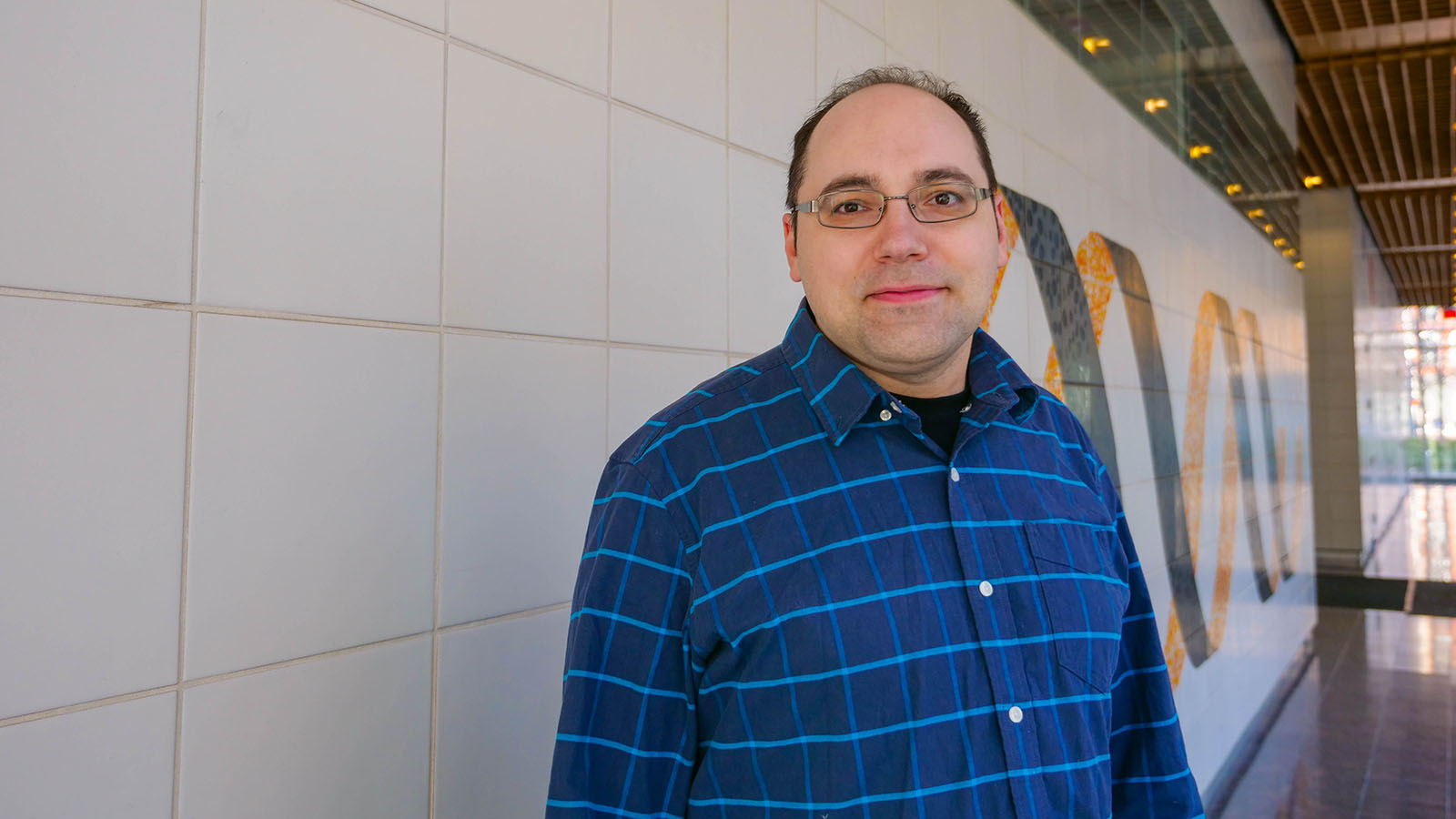Education
- Graduate: PhD, 2017, University of Washington
- Undergraduate: BS, 2010, Micro/Molecular Biology, Portland State University
Research Summary
Sergey Ovchinnikov uses phylogenetic inference, protein structure prediction/determination, protein design, deep learning, energy-based models, and differentiable programming to tackle evolutionary questions at environmental, organismal, genomic, structural, and molecular scales, with the aim of developing a unified model of protein evolution.
Recent Publications
- Protein language models learn evolutionary statistics of interacting sequence motifs. Zhang, Z, Wayment-Steele, HK, Brixi, G, Wang, H, Kern, D, Ovchinnikov, S. 2024. Proc Natl Acad Sci U S A 121, e2406285121.
doi: 10.1073/pnas.2406285121PMID:39467119 - Scalable protein design using optimization in a relaxed sequence space. Frank, C, Khoshouei, A, Fuβ, L, Schiwietz, D, Putz, D, Weber, L, Zhao, Z, Hattori, M, Feng, S, de Stigter, Y et al.. 2024. Science 386, 439-445.
doi: 10.1126/science.adq1741PMID:39446959 - Easy and accurate protein structure prediction using ColabFold. Kim, G, Lee, S, Levy Karin, E, Kim, H, Moriwaki, Y, Ovchinnikov, S, Steinegger, M, Mirdita, M. 2024. Nat Protoc , .
doi: 10.1038/s41596-024-01060-5PMID:39402428 - Computational design of soluble and functional membrane protein analogues. Goverde, CA, Pacesa, M, Goldbach, N, Dornfeld, LJ, Balbi, PEM, Georgeon, S, Rosset, S, Kapoor, S, Choudhury, J, Dauparas, J et al.. 2024. Nature 631, 449-458.
doi: 10.1038/s41586-024-07601-yPMID:38898281 - Validation of de novo designed water-soluble and transmembrane β-barrels by in silico folding and melting. Hermosilla, AM, Berner, C, Ovchinnikov, S, Vorobieva, AA. 2024. Protein Sci 33, e5033.
doi: 10.1002/pro.5033PMID:38864690 - Genomic language model predicts protein co-regulation and function. Hwang, Y, Cornman, AL, Kellogg, EH, Ovchinnikov, S, Girguis, PR. 2024. Nat Commun 15, 2880.
doi: 10.1038/s41467-024-46947-9PMID:38570504 - Computational design of soluble functional analogues of integral membrane proteins. Goverde, CA, Pacesa, M, Goldbach, N, Dornfeld, LJ, Balbi, PEM, Georgeon, S, Rosset, S, Kapoor, S, Choudhury, J, Dauparas, J et al.. 2024. bioRxiv , .
doi: 10.1101/2023.05.09.540044PMID:38496615 - An atlas of protein homo-oligomerization across domains of life. Schweke, H, Pacesa, M, Levin, T, Goverde, CA, Kumar, P, Duhoo, Y, Dornfeld, LJ, Dubreuil, B, Georgeon, S, Ovchinnikov, S et al.. 2024. Cell 187, 999-1010.e15.
doi: 10.1016/j.cell.2024.01.022PMID:38325366 - Predicting multiple conformations via sequence clustering and AlphaFold2. Wayment-Steele, HK, Ojoawo, A, Otten, R, Apitz, JM, Pitsawong, W, Hömberger, M, Ovchinnikov, S, Colwell, L, Kern, D. 2024. Nature 625, 832-839.
doi: 10.1038/s41586-023-06832-9PMID:37956700 - Unraveling the functional dark matter through global metagenomics. Pavlopoulos, GA, Baltoumas, FA, Liu, S, Selvitopi, O, Camargo, AP, Nayfach, S, Azad, A, Roux, S, Call, L, Ivanova, NN et al.. 2023. Nature 622, 594-602.
doi: 10.1038/s41586-023-06583-7PMID:37821698

